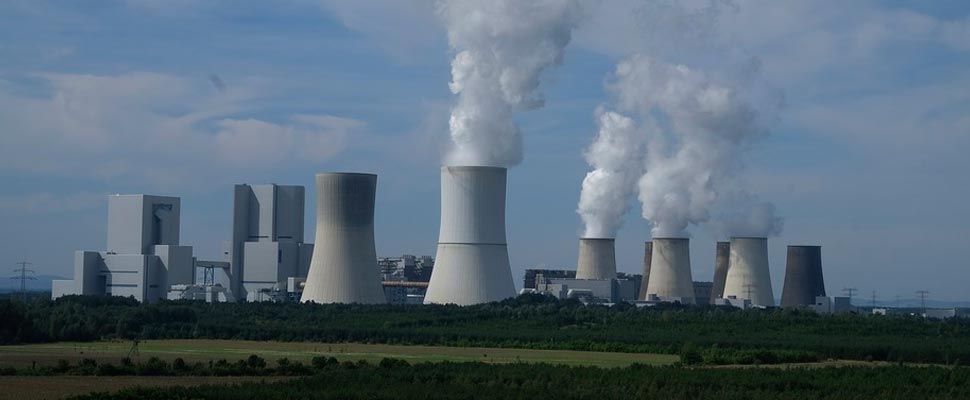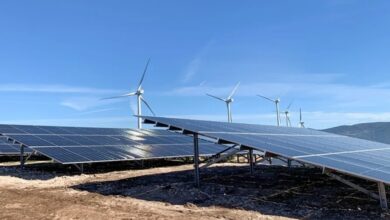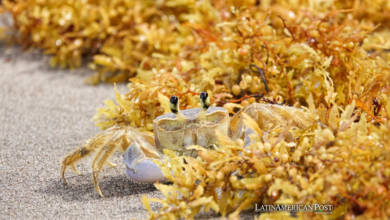Is nuclear energy really dangerous?
Although nuclear energy is often associated with radiation damage, the data shows that it is safe and clean.

The increase in population and the increase in electricity demand, as well as the search for clean energy sources, have put nuclear energy back on the table. . Photo: Pixabay
LatinAmerican Post | Juan Manuel Bacallado
Listen to this article
Leer en español: ¿Realmente es peligrosa la energía nuclear?
When it comes to nuclear power, most people tend to think of the tragedies of Chernobyl or Fukushima, which have affected the reputation of nuclear plants. However, the increase in electricity demand as well as the search for clean energy sources, have put nuclear energy back on the public discourse.
According to CNN, there are currently 444 operating nuclear reactors worldwide, 54 are being built while there are another 111 planned. Having a nuclear plant nearby or simply in the same country can generate anguish, especially because of the history of previous nuclear accidents. But how much of this is a myth and what benefits would nuclear power really have?
It may interest you: Latin America also has Nuclear Reactors
Is it safe?
According to CNN, of the three most important nuclear accidents: Chernobyl (1986), Three Mile Island (1979) and Fukushima (2011), only in the first there were deaths caused by radiation. In fact, later studies claimed that these accidents did not increase cancer and related illnesses, while the Chernobyl accident was mainly caused by a breach of safety protocols before, during, and after the tragedy; as reviewed by National Geographic. Chernobyl was also aggravated by the Ukrainian government's attempt to hide the consequences.
Contrario al temor popular, la energía nuclear es la que menos muertes causa https://t.co/R6MWMTHIfc pic.twitter.com/sNKT6LwYFz
— Daniel Norero (@DanielNorero) March 22, 2016
For this reason, the authorities and institutions have strengthened the regulations and standards to build and operate a nuclear power plant. According to Xataka, all the equipment, components, and systems of these must be prepared to function correctly in normal situations and in accidents. Workers must obtain a special license and receive constant training, 4% of working hours are dedicated to training and retraining, the highest percentage in the industrial sector.
How radioactive is it?
According to the BBC, after the Three Mile Island accident, the largest in the United States' nuclear history, two million people were exposed to radiation equivalent to a chest X-ray, so they were not in danger. On the other hand, Harvard University points out that coal plants emit more radiation for energy produced than nuclear plants themselves. Likewise, they explain that burning fossil fuels to generate energy releases toxic substances that pollute the air and, according to the World Health Organization, cause 7 million deaths each year. A study by the European Union and the Paul Scherrer Institute in Switzerland showed that nuclear plants are the energy source with the fewest deaths attributed, including wind power, natural gas and coal.
Dormir acompañado durante un año te produce 100 veces más dosis radiactiva que vivir cerca de una central nuclear. #ApuntesOperador pic.twitter.com/o1fHsSsLqp
— Operador Nuclear (@OperadorNuclear) April 25, 2021
Clean and continuous
According to the United States Department of Energy, nuclear energy is capable of operating 92.3% of the time (the remaining days were used for maintenance), making it the most reliable source of energy today, since other clean sources such as solar energy (24.9%) or wind energy (35.4%) need the climate factor to function, only geothermal energy follows with 74.3%. On the other hand, it is free of carbon emissions or other polluting substances. CNN reports that nuclear energy also has a smaller physical footprint since it needs 5.8 hectares to generate one megawatt of energy, while wind uses 28.7 hectares, solar about 17.8 and hydroelectric up to 127, 5 hectares.
The downside: waste
El subsuelo finlandés se está preparando para almacenar de manera segura y definitiva los residuos radiactivos producidos en sus centrales nucleares durante decenas de miles de años. A escala humana, toda una eternidad.
Finlandia tiene actualmente cuat… https://t.co/6YRS3zSd2x pic.twitter.com/v3QIs3Kn3i
— eimem (@eimemoviedo) January 31, 2021
Nuclear energy generates radioactive waste in different ways, such as the water used to cool the reactors, spent fuel rods, contaminated clothing, tools, filters, among others, which have been safely stored in isolated and impenetrable spaces. However, the way to continue storing this waste is still being studied, such as creating sufficiently safe underground deposits.




